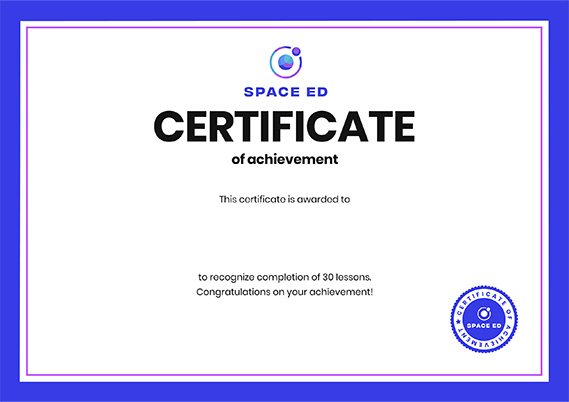Yes, scientists are actually building an elevator to space - Fabio Pacucci
820,028 Views
0 Questions Answered
Let’s Begin…
Sending rockets into space requires sacrificing expensive equipment, burning massive amounts of fuel, and risking potential catastrophe. So in the space race of the 21st century, some engineers are abandoning rockets for something more exciting: elevators. What would it take to build such a structure? Fabio Pacucci explores the physics behind modern space elevators.
Additional Resources for you to Explore
First of all, are we talking about some kind of primordial space elevators? No, these experiments were not primarily designed to elevate cargo to space, or to a higher orbit. The goal of most of these tests was to study space physics, in particular plasma physics at high altitudes. Others were engineering feasibility studies, to test whether tethered systems could work in space. A tethered satellite system is generally made of three components: a main satellite (which is elevated to orbit with conventional rocket systems), a smaller satellite, and a tether that connects the two of them. The smaller satellite is released from the main one through a release system, which can in principle be used also to retrieve it once the test is completed.
Two Space Shuttle missions carried the experiments TSS-1 and TSS-1R. These missions were part of a collaboration between NASA and the Italian Space Agency (ASI), which proposed the idea of a tethered satellite system back in the 1970s thanks to two Italian scientists: Giuseppe Colombo from the University of Padua and Mario Grossi at the Smithsonian Astrophysical Observatory in USA, now known as the Center for Astrophysics | Harvard & Smithsonian.
The first experiment, TSS-1, flew aboard the Space Shuttle Mission STS-46 with Italian astronaut Franco Malerba (among others), the first Italian citizen to fly to space. Despite technical difficulties (the tether got stuck at 256 meters, instead of the 20 km planned), the experiment uncovered many of the principles that govern tethered systems in space.
Some years later, in 1996, the replacement experiment TSS-1R flew aboard the Space Shuttle Columbia during the mission STS-75, this time with two Italian astronauts: Maurizio Cheli and Umberto Guidoni. This time, the deployment of the tether was more successful and reached 19.7 kilometers above the Space Shuttle when the cable suddenly broke due to an electrical discharge. Despite the sudden interruption of the experiment, the mission was very successful and helped in investigating several theories about plasma physics. Notably, very high electrical currents were detected along the cable, which ultimately improved our understanding of how charged particles move at high altitude.
As a final, funny note, you may want to know how these two missions were referred to by the Italian public. But “satellite al guinzaglio”, or “satellite on leash,” of course!
About Space Ed
Space Ed helps you untangle the mysteries of space with the universe’s best videos on everything from Einstein's theory of relativity to what it would take to live on Mars. Brush up on the science, philosophy and mystery of space, because the fabric of the universe is the same fabric that connects us all.
Meet The Creators
- Director of Production Gerta Xhelo
- Script Editor Alex Gendler
- Editorial Director Alex Rosenthal
- Narrator Addison Anderson
- Sound Designer Stephen LaRosa
- Producer Bethany Cutmore-Scott
- Editorial Producer Dan Kwartler
- Educator Fabio Pacucci
- Fact-checker Jennifer Nam
- Animator Magnus Lenneskog, Tezo Kyungdon Lee
- Director Tjoff Koong Studios




